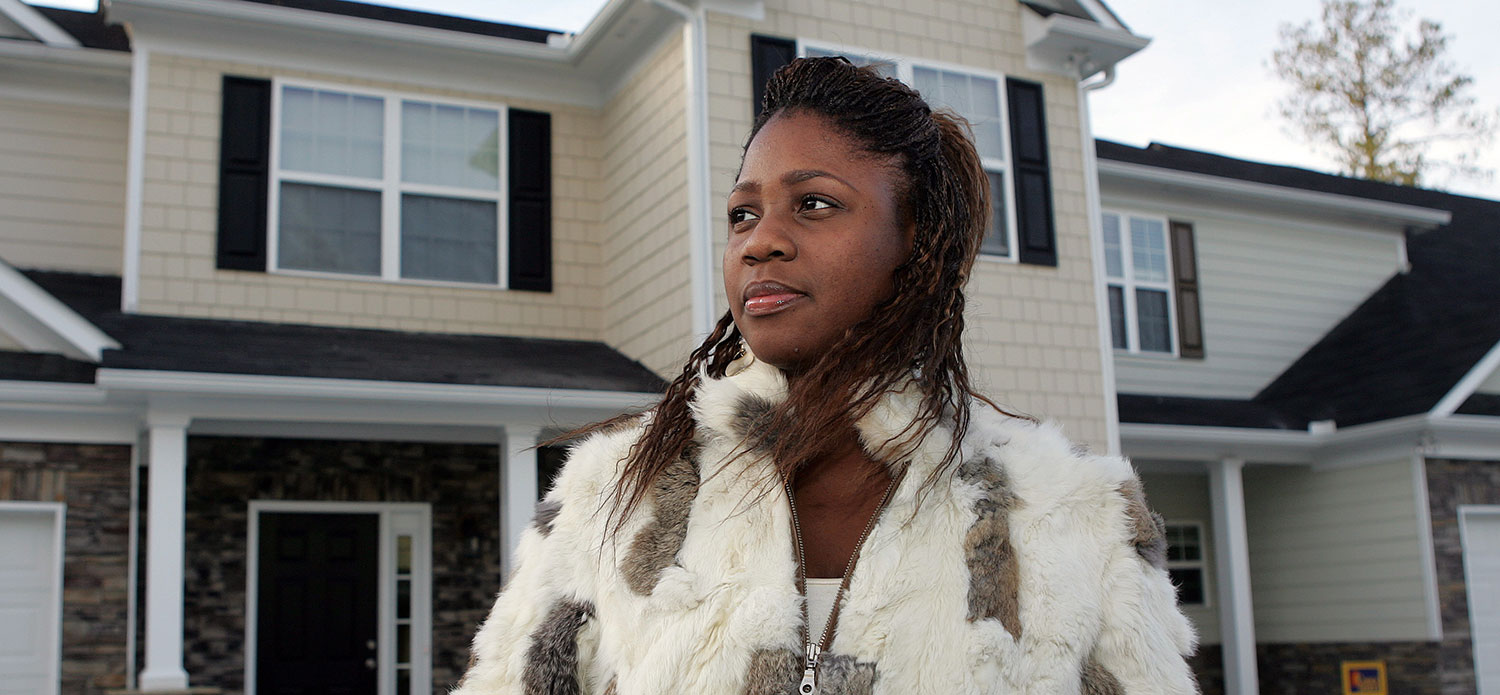
After completing a major demographic study projecting headship and homeownership rates through 2030, we concluded that demand for rental housing over the next 15 years will dramatically increase—and we as a nation are not prepared.
Our analysis projects that from 2010 to 2030, the growth in rental households will exceed that of homeowners by 4 million, with an increase of 13 million rental households and 9 million homeowner households. That’s five renters for every three homeowners. Compared with the previous 20 years, the increase in homeowners was almost twice that of renters, even with the housing crash: 8.8 million new rental households and 16.1 million new homeowner households.
But what’s driving the large growth in renters? It’s a perfect storm of factors.
- Millennials are finally launched: The large millennial generation—still mostly in their mid- to late 20s—is beginning to build their first independent households, which has always meant more renting. Once they enter their late 30s and 40s, about 10 years from now, they will help homeownership recover, as it historically has as generations have gotten older.
- The young population is becoming increasingly ethnically diverse, a trend that will almost certainly intensify. We estimate household formation will be 77 percent non-white from 2010-2020 and 88 percent non-white from 2020-2030, and African Americans and Hispanics typically have higher rental rates than whites.
- Behavior has changed. Longer-term trends have also reduced young adults’ homeownership rates. They’re delaying marriage and childbearing, and fewer may want to buy houses than in the past.
- The recession still lingers. We’re still recovering slowly from the recession, in which 7.5 million homes were lost to foreclosure. Many of these borrowers have not re-entered the market. Stagnant incomes and, to an extent, even greater student loan debt also are partly hangovers from the recession.
- Credit is tight. Mortgage credit is overly tight, making it difficult for many to qualify for a home loan.
- Older homeowners are declining. Since the growth in renters and owners is a product of new household formation as well as attrition, we also have to look at older generations’ roles. Gen X is transitioning out of rental housing, but it has fewer renter households than the incoming millennials, so renter household formation will outpace renter attrition. On the owner side, attrition will increasingly rival formation as baby boomers pass away.
Every one of these factors suggests a falling homeownership rate from now until 2030. The homeownership rate in 2010 was 65.1 percent. Under our average scenario, which assumes that the economy sees modest growth in the coming years, we expect the rate to drop to 62.7 percent in 2020 and to 61.3 percent in 2030. Even so, the absolute number of homeowners will grow because of continued growth in the total number of households, but renters will grow more.

Rental supply must increase
The rapid growth of the rental population will create significant demand for new rental housing construction. The rental demand will shift owner-occupied dwellings to rental units, a change already in motion: 35 percent of renters were in single family homes in 2012 (the latest data available), up from 31 percent in 2005. But shifting houses into rental units alone will not meet the growing demand; more construction is necessary. The last major burst of rental housing construction was in the early 1980s, when federal tax law encouraged the construction of hundreds of thousands of apartments (see the figure). Since then, rental construction has been slower and steadier. And the only affordable new construction has been a result of the Low Income Tax Credit, which produces around 100,000 new apartments annually.
Against this backdrop of limited growth in rental supply are the current low vacancy rates and already rapidly rising rents—trends likely to continue to in the coming years.
Tune in and subscribe today.
The Urban Institute podcast, Evidence in Action, inspires changemakers to lead with evidence and act with equity. Cohosted by Urban President Sarah Rosen Wartell and Executive Vice President Kimberlyn Leary, every episode features in-depth discussions with experts and leaders on topics ranging from how to advance equity, to designing innovative solutions that achieve community impact, to what it means to practice evidence-based leadership.